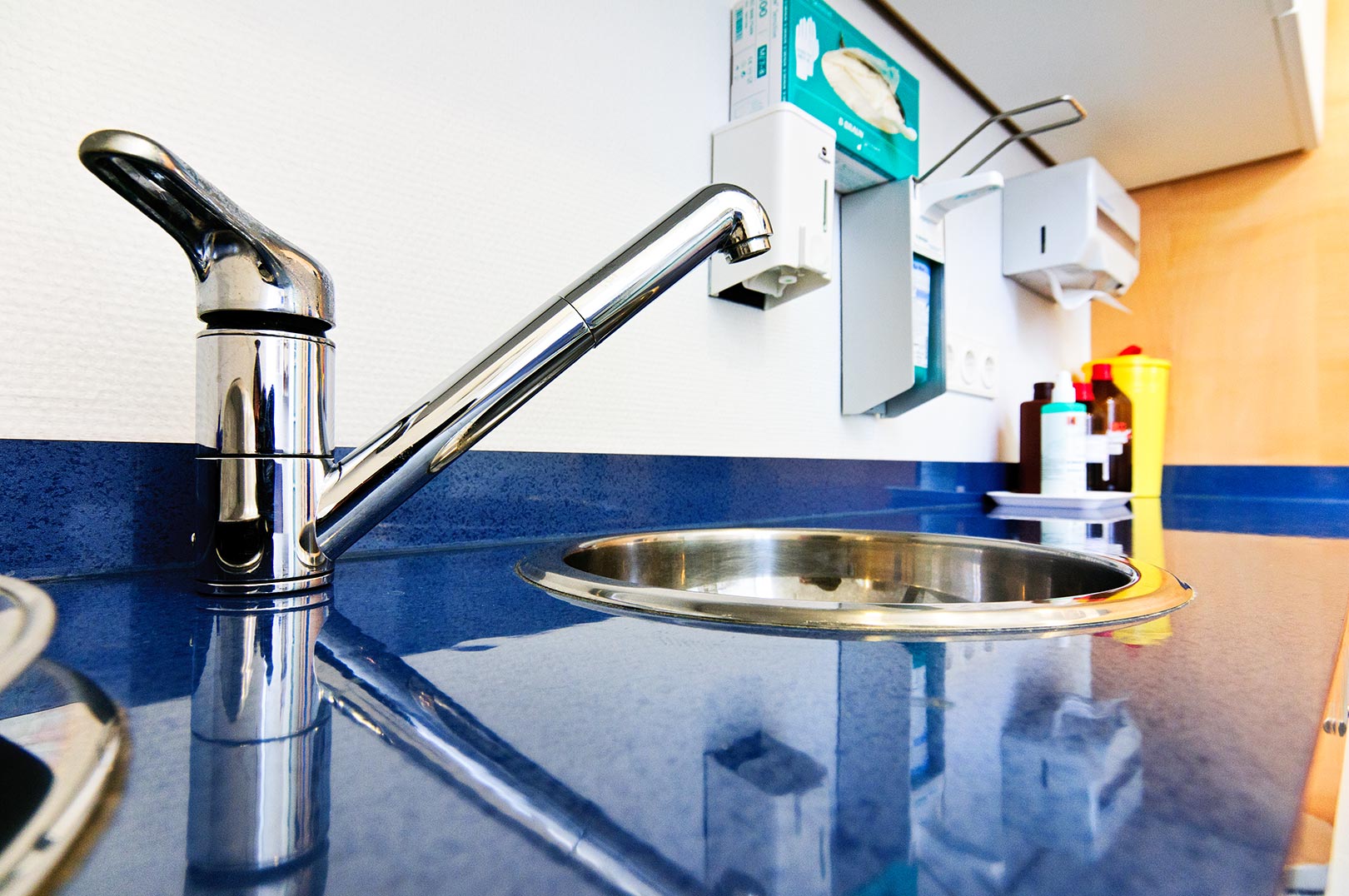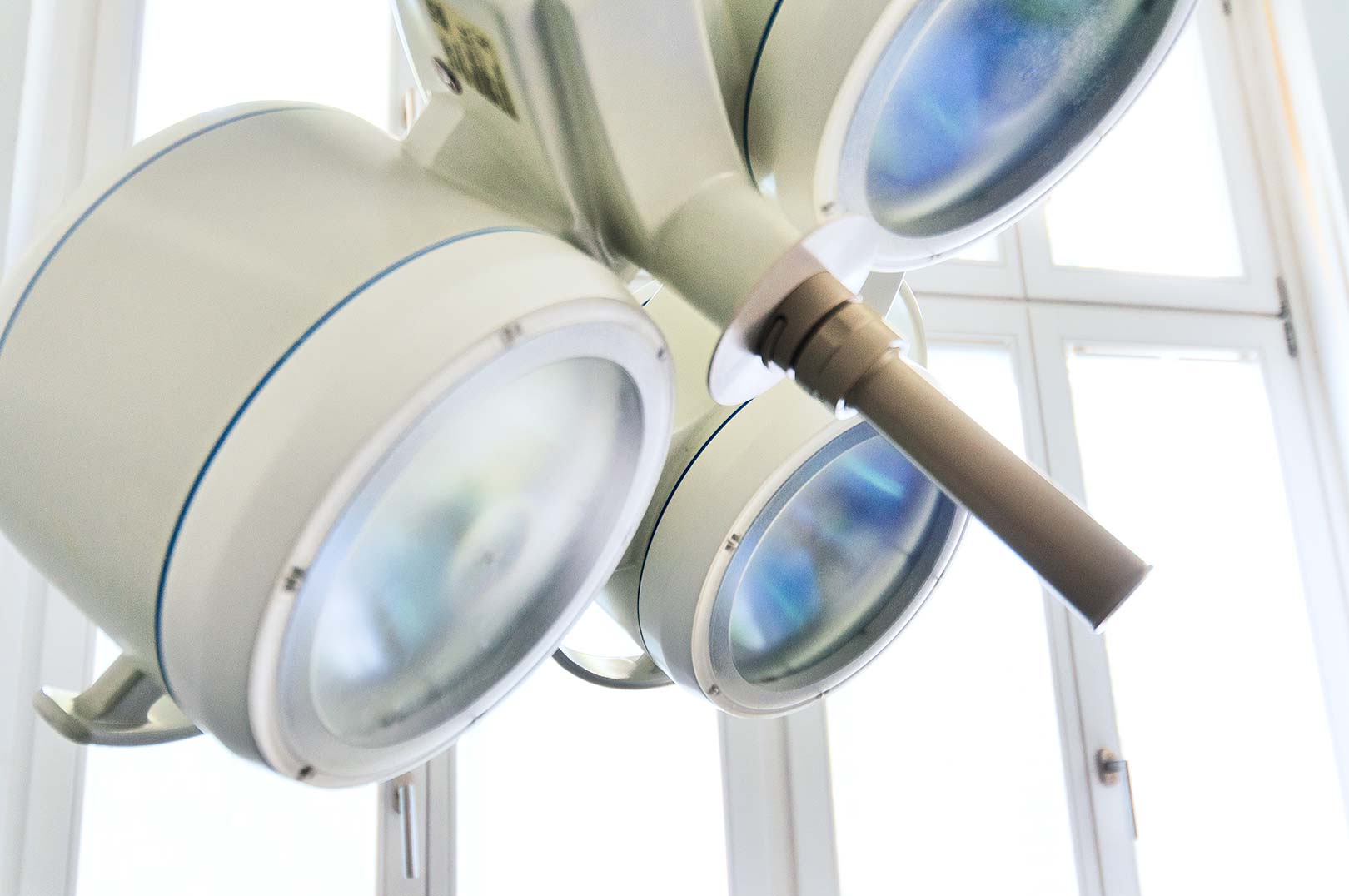Carpal Tunnel Release
mini-open-surgery
Carpal tunnel syndrome is due to compression of the median nerve within a tunnel comprising a "U" shaped collection of bones with a tight ligament at the top. The most common cause is a tenosynovitis. The nerve can gradually wither if the condition is not treated. This causes permanent loss of sensation and wasting of thumb muscles, which cannot be completely relieved by surgery.
There are a number of ways of treating the condition including activity modification, splinting, anti-inflammatory drugs, steroid injections and surgery. Surgery is recommended if you have had the problem for a long time, your symptoms are severe, non-surgical treatments have failed or if the doctor detects wasting of muscles or loss of sensation in the hand. Surgery involves cutting the ligament over the tunnel to relieve the pressure on the nerve. This can be achieved in two ways.
Mini-open technique
A small cut ( about 1 inch ) is made in the palm and the carpal ligament is reached by cutting through the underlying tissues and muscle. The ligament then is cut under direct vision using magnifying glasses.
Post-operative care
The operation can be performed under local anaesthetic of the whole arm. The operation can be done in about 10 minutes. The hand will be placed in an elastic dressing which allows you to move your fingers right away. No splinting necessary.
Hand elevation is important to prevent swelling and stiffness of the fingers. Please remember not to walk with your hand dangling, or to sit with your hand held in your lap. It is fine, however, to lower your hand for light use and you should get back to normal light activities as soon as possible as guided by common sense. There are a number of exercises you should do to prevent stiffness.
Please remove the entire dressing after 3 days and inspect the wound. Usually from now on only a plaster is required.
You can drive if you are comfortable and have regained full finger movements and if you have sufficient power to control the vehicle. Timing of your return to work is variable according to your occupation and you should discuss this.
Your stitches dont have to be removed because they will dissolve by itself. You will be able to do sports, as Golf or Tennis after 2–3 weeks.
Complications
Nerve damage
Nerves running in the region can be bruised or damaged during the surgery and form a painful spot in the scar (neuroma) or numbness. The most commonly involved areas are the heel of the hand or the space between the middle and ring fingers. This complication is rare (2%) but may require a further operation to correct.
Recurrence
If you continue to have attacks of tingling and numbness, it might mean that not all the ligament has been cut. This is rare (1%) but the operation would need to be repeated to correct this.
Infection
Any operation can be followed by infection and this would be treated with antibiotics.
Scar
You will have a scar with either technique which will be somewhat firm to touch and tender for 6-8 weeks. This can be helped by massaging the area firmly with the moisturizing cream.
Grip
You will find that your grip is weaker than previously and slightly painful, causing discomfort in the heel of the hand. This will gradually improve over six weeks.
Stiffness
About 5% (1 in 20) of people are sensitive to hand surgery and their hand may become swollen, painful and stiff after any operation (algodystrophy). This problem cannot be predicted but will be watched for afterwards and treated with physiotherapy.
Recovery
Patients who had very numb fingers or wasting of the thumb muscles before surgery will probably never regain full nerve function. Recovery can be very slow (6-12 months). As the nerves grow back, the fingers can actually feel tingly or even unpleasant.



